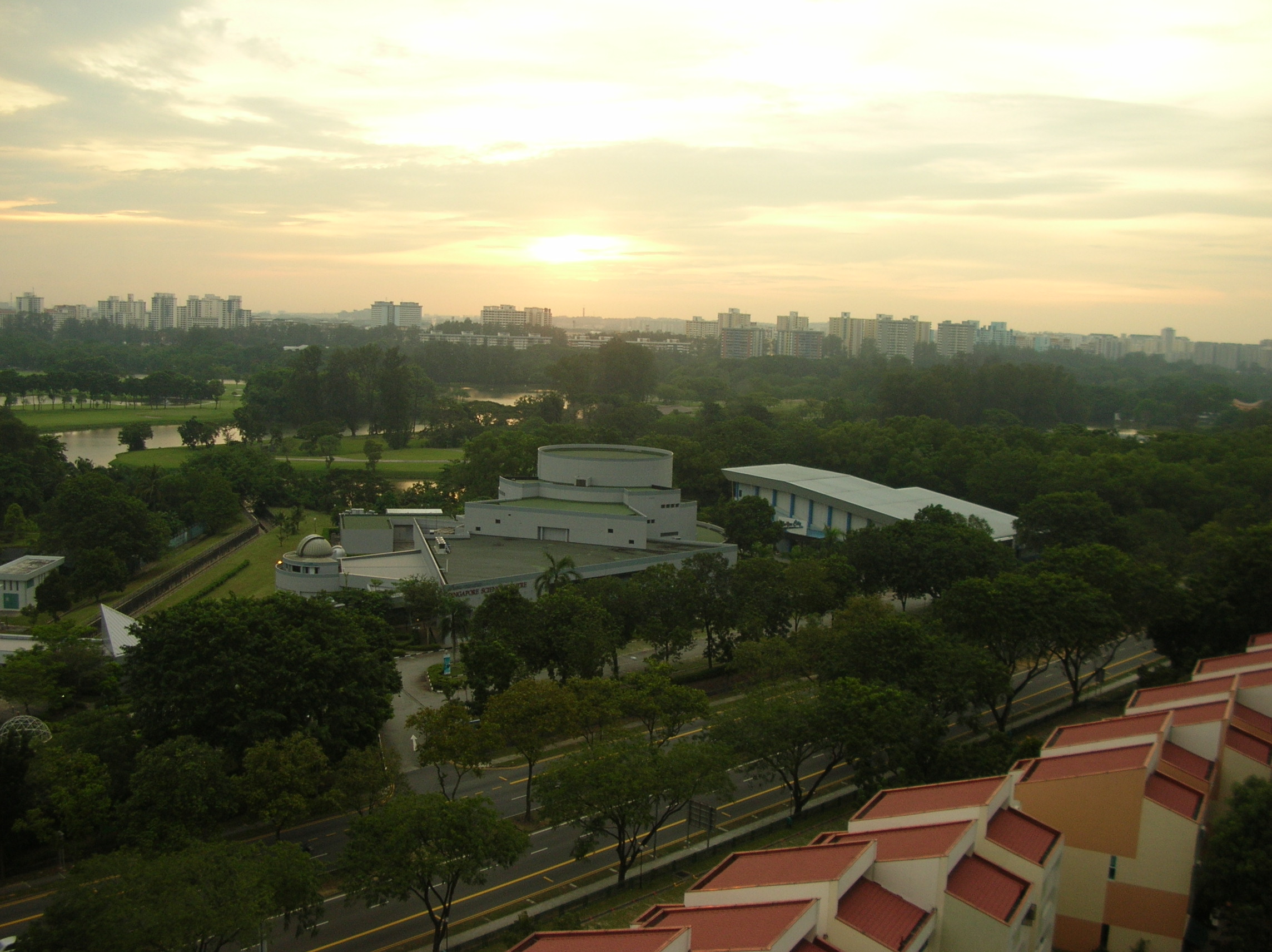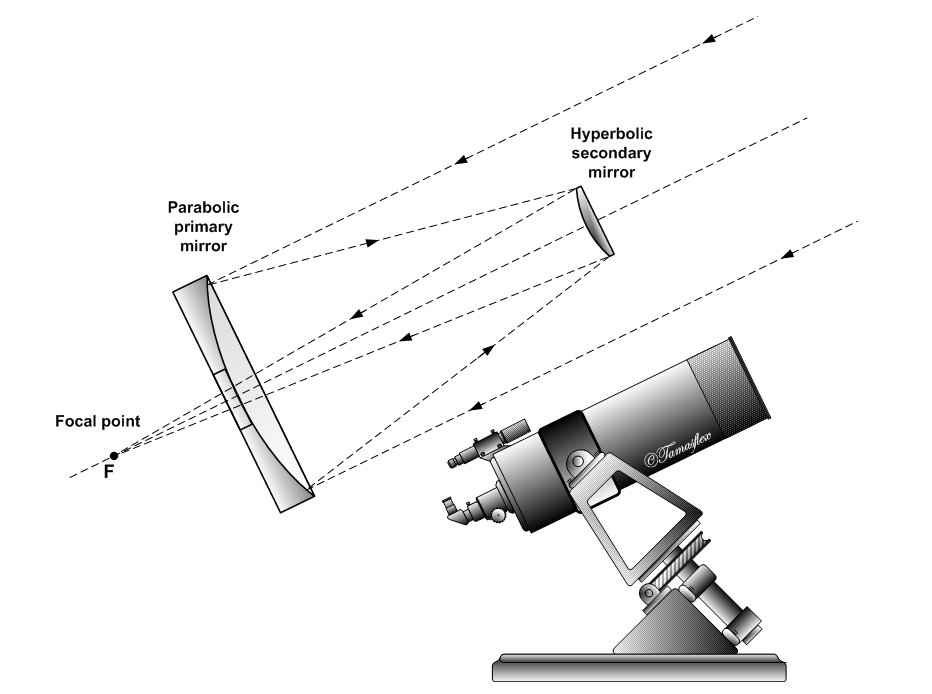|
Kaoru Ikeya
is a Japanese amateur astronomer who discovered a number of comets. As a young adult, Ikeya lived near Lake Hamana and worked for a piano factory. During his employment there, he made his first discovery in 1963 with an optical telescope he built himself within his low budget. Two years later, he discovered the bright comet C/1965 S1 (Ikeya-Seki). Ikeya discovered the periodic comet 153P/Ikeya-Zhang on February 1, 2002 in Mori, Hokkaidō. The asteroid 4037 Ikeya is also named after Ikeya. On November 13, 2010, Ikeya discovered the P/2010 V1 (Ikeya-Murakami) comet using an optical telescope, rare in an era with access to digital imaging technology. Ikeya contributed his skill to the perfectly ground optics used in the construction of the Pentax 40cm Cassegrain reflector telescope installed at the Singapore Science Centre The Science Centre Singapore, previously known as Singapore Science Centre is a scientific institution in Jurong East, Singapore, specialising in th ... [...More Info...] [...Related Items...] OR: [Wikipedia] [Google] [Baidu] |
Amateur Astronomer
Amateur astronomy is a hobby where participants enjoy observing or imaging celestial objects in the sky using the unaided eye, binoculars, or telescopes. Even though scientific research may not be their primary goal, some amateur astronomers make contributions in doing citizen science, such as by monitoring variable stars, double stars, sunspots, or occultations of stars by the Moon or asteroids, or by discovering transient astronomical events, such as comets, galactic novae or supernovae in other galaxies. Amateur astronomers do not use the field of astronomy as their primary source of income or support, and usually have no professional degree in astrophysics or advanced academic training in the subject. Most amateurs are hobbyists, while others have a high degree of experience in astronomy and may often assist and work alongside professional astronomers. Many astronomers have studied the sky throughout history in an amateur framework; however, since the beginning of the tw ... [...More Info...] [...Related Items...] OR: [Wikipedia] [Google] [Baidu] |
Living People
Related categories * :Year of birth missing (living people) / :Year of birth unknown * :Date of birth missing (living people) / :Date of birth unknown * :Place of birth missing (living people) / :Place of birth unknown * :Year of death missing / :Year of death unknown * :Date of death missing / :Date of death unknown * :Place of death missing / :Place of death unknown * :Missing middle or first names See also * :Dead people * :Template:L, which generates this category or death years, and birth year and sort keys. : {{DEFAULTSORT:Living people 21st-century people People by status ... [...More Info...] [...Related Items...] OR: [Wikipedia] [Google] [Baidu] |
Discoverers Of Comets
Discovery is the act of detecting something new, or something previously unrecognized as meaningful. With reference to sciences and academic disciplines, discovery is the observation of new phenomena, new actions, or new events and providing new reasoning to explain the knowledge gathered through such observations with previously acquired knowledge from abstract thought and everyday experiences. A discovery may sometimes be based on earlier discoveries, collaborations, or ideas. Some discoveries represent a radical breakthrough in knowledge or technology. New discoveries are acquired through various senses and are usually assimilated, merging with pre-existing knowledge and actions. Questioning is a major form of human thought and interpersonal communication, and plays a key role in discovery. Discoveries are often made due to questions. Some discoveries lead to the invention of objects, processes, or techniques. A discovery may sometimes be based on earlier discoveries, collabo ... [...More Info...] [...Related Items...] OR: [Wikipedia] [Google] [Baidu] |
Science Centre Singapore
The Science Centre Singapore, previously known as Singapore Science Centre is a scientific institution in Jurong East, Singapore, specialising in the promotion of scientific and technological education for the general public. It houses over 850 exhibits over eight exhibition galleries and receives over a million visitors every year. In 2003, it celebrated its silver jubilee. History The Science Centre was carved out of the National Museum of Singapore as a separate institution so that the latter could focus on its artistic and historical collections. This idea was first mooted in 1969 by the former Science Council of Singapore, now known as the Agency for Science, Technology and Research (A*Star), and was approved by the government. The SCS building's design was decided by an architectural competition organised by the Science Centre Board, in which Raymond Woo architects' entry was selected. Built at a cost of S$12 million on a site in Jurong East, it was officially open ... [...More Info...] [...Related Items...] OR: [Wikipedia] [Google] [Baidu] |
Cassegrain Reflector
The Cassegrain reflector is a combination of a primary concave mirror and a secondary convex mirror, often used in optical telescopes and radio antennas, the main characteristic being that the optical path folds back onto itself, relative to the optical system's primary mirror entrance aperture. This design puts the focal point at a convenient location behind the primary mirror and the convex secondary adds a telephoto effect creating a much longer focal length in a mechanically short system. In a symmetrical Cassegrain both mirrors are aligned about the optical axis, and the primary mirror usually contains a hole in the center, thus permitting the light to reach an eyepiece, a camera, or an image sensor. Alternatively, as in many radio telescopes, the final focus may be in front of the primary. In an asymmetrical Cassegrain, the mirror(s) may be tilted to avoid obscuration of the primary or to avoid the need for a hole in the primary mirror (or both). The classic Cassegrain ... [...More Info...] [...Related Items...] OR: [Wikipedia] [Google] [Baidu] |
Asahi Optical
is a brand name used primarily by the Japanese multinational imaging and electronics company Ricoh for DSLR cameras, lenses, sport optics (including binoculars and rifle scopes), and CCTV optics. The Pentax brand is also used by Hoya Corporation for medical products & services, TI Asahi for surveying instruments, and Seiko Optical Products for certain optical lenses. Corporate history Early history The company was founded as Asahi Kogaku Goshi Kaisha in November 1919 by Kumao Kajiwara, at a shop in the Toshima suburb of Tokyo, and began producing spectacle lenses (which it still manufactures). In 1938 it changed its name to , and by this time it was also manufacturing camera/cine lenses. In the lead-up to World War II, Asahi Optical devoted much of its time to fulfilling military contracts for optical instruments. At the end of the war, Asahi Optical was disbanded by the occupying powers, being allowed to re-form in 1948. The company resumed its pre-war activities, manufacturi ... [...More Info...] [...Related Items...] OR: [Wikipedia] [Google] [Baidu] |
4037 Ikeya
4 (four) is a number, numeral and digit. It is the natural number following 3 and preceding 5. It is the smallest semiprime and composite number, and is considered unlucky in many East Asian cultures. In mathematics Four is the smallest composite number, its proper divisors being and . Four is the sum and product of two with itself: 2 + 2 = 4 = 2 x 2, the only number b such that a + a = b = a x a, which also makes four the smallest squared prime number p^. In Knuth's up-arrow notation, , and so forth, for any number of up arrows. By consequence, four is the only square one more than a prime number, specifically three. The sum of the first four prime numbers two + three + five + seven is the only sum of four consecutive prime numbers that yields an odd prime number, seventeen, which is the fourth super-prime. Four lies between the first proper pair of twin primes, three and five, which are the first two Fermat primes, like seventeen, which is the third. On the other hand, t ... [...More Info...] [...Related Items...] OR: [Wikipedia] [Google] [Baidu] |
NASA
The National Aeronautics and Space Administration (NASA ) is an independent agency of the US federal government responsible for the civil space program, aeronautics research, and space research. NASA was established in 1958, succeeding the National Advisory Committee for Aeronautics (NACA), to give the U.S. space development effort a distinctly civilian orientation, emphasizing peaceful applications in space science. NASA has since led most American space exploration, including Project Mercury, Project Gemini, the 1968-1972 Apollo Moon landing missions, the Skylab space station, and the Space Shuttle. NASA supports the International Space Station and oversees the development of the Orion spacecraft and the Space Launch System for the crewed lunar Artemis program, Commercial Crew spacecraft, and the planned Lunar Gateway space station. The agency is also responsible for the Launch Services Program, which provides oversight of launch operations and countdown management f ... [...More Info...] [...Related Items...] OR: [Wikipedia] [Google] [Baidu] |
Asteroid
An asteroid is a minor planet of the inner Solar System. Sizes and shapes of asteroids vary significantly, ranging from 1-meter rocks to a dwarf planet almost 1000 km in diameter; they are rocky, metallic or icy bodies with no atmosphere. Of the roughly one million known asteroids the greatest number are located between the orbits of Mars and Jupiter, approximately 2 to 4 AU from the Sun, in the main asteroid belt. Asteroids are generally classified to be of three types: C-type, M-type, and S-type. These were named after and are generally identified with carbonaceous, metallic, and silicaceous compositions, respectively. The size of asteroids varies greatly; the largest, Ceres, is almost across and qualifies as a dwarf planet. The total mass of all the asteroids combined is only 3% that of Earth's Moon. The majority of main belt asteroids follow slightly elliptical, stable orbits, revolving in the same direction as the Earth and taking from three to six years to comple ... [...More Info...] [...Related Items...] OR: [Wikipedia] [Google] [Baidu] |



